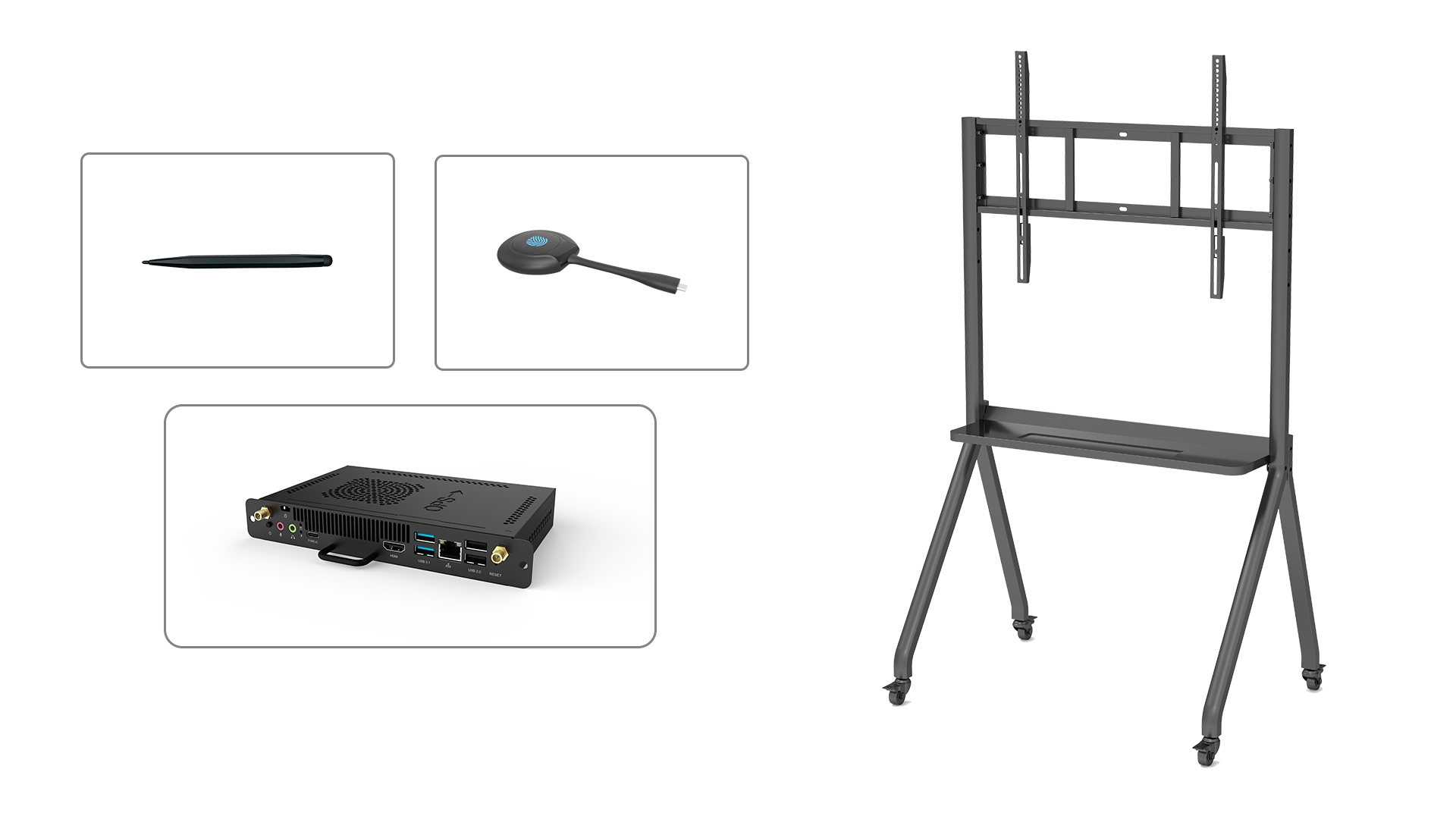The Role of Smart Board Technology in the Future of Education
Education has always been a dynamic field, constantly evolving to meet the needs of an ever-changing society. As we move further into the digital age, it is evident that technology will play a crucial role in shaping the future of education. One such technological advancement that holds immense potential is the integration of Smart Board technology. These interactive whiteboards have already begun to revolutionize classrooms around the world, and their impact is only expected to grow in the coming years. In this article, we will explore the various prospects of integrating Smart Board technology in education and how it can enhance the learning experience for students.
Enhancing Classroom Interaction and Engagement
Smart Board technology offers a wide range of interactive features that can greatly enhance classroom interaction and engagement. With the ability to display multimedia content, such as videos, images, and interactive presentations, teachers can create a more immersive learning environment. Students can actively participate in lessons by manipulating content on the board, solving problems, and collaborating with their peers. This level of engagement fosters a deeper understanding of the subject matter and encourages critical thinking skills, ultimately leading to improved learning outcomes.
Facilitating Personalized Learning
One of the greatest advantages of integrating Smart Board technology in education is its ability to facilitate personalized learning. With the use of educational software and applications, teachers can tailor their lessons to meet the individual needs and learning styles of each student. Smart Boards allow for adaptive learning experiences, where students can progress at their own pace and receive immediate feedback on their performance. This personalized approach not only increases student motivation but also ensures that every student has the opportunity to reach their full potential.
Enabling Collaborative Learning
Collaboration is an essential skill in today's interconnected world, and Smart Board technology provides an excellent platform for fostering collaboration among students. With the ability to connect multiple devices to the board, students can work together on group projects, share ideas, and engage in interactive discussions. This collaborative learning approach not only enhances students' social and communication skills but also prepares them for the collaborative work environments they are likely to encounter in their future careers.
Expanding Access to Educational Resources
Integrating Smart Board technology in education also opens up a world of educational resources to students and teachers. With internet connectivity and access to online educational platforms, Smart Boards allow for real-time access to a vast array of digital content, including e-books, videos, simulations, and virtual field trips. This wealth of resources enables teachers to bring real-world examples into the classroom, making learning more relevant and engaging. Additionally, students can explore and research topics beyond the confines of their textbooks, fostering a culture of lifelong learning.
Promoting Visual and Kinesthetic Learning
Smart Board technology caters to different learning styles, particularly visual and kinesthetic learners. The interactive nature of the board allows students to manipulate objects, draw diagrams, and annotate content, making abstract concepts more concrete and understandable. Visual learners can benefit from the visual representations of information, while kinesthetic learners can actively engage with the content through touch and movement. By accommodating different learning styles, Smart Boards promote inclusivity and ensure that every student has the opportunity to succeed.
Tracking and Analyzing Student Performance
Smart Board technology offers a range of tools and features that enable teachers to track and analyze student performance. Through built-in assessment tools and data collection capabilities, teachers can monitor students' progress in real-time, identify areas of improvement, and provide targeted interventions. This data-driven approach to education allows for personalized feedback and ensures that no student is left behind. By leveraging the power of data, teachers can make informed instructional decisions and continuously improve their teaching practices.
Preparing Students for the Digital Age
In today's digital age, it is crucial for students to develop digital literacy skills to thrive in the workforce. By integrating Smart Board technology in education, students are exposed to the latest digital tools and technologies from an early age. They learn how to navigate and interact with digital content, develop problem-solving skills, and become adept at using technology for learning purposes. These skills are not only essential for future careers but also for lifelong learning and active participation in a technologically advanced society.
Increasing Parental Involvement and Communication
Smart Board technology can also enhance parental involvement and communication in education. Many Smart Board systems come with online portals or platforms that allow parents to access their child's assignments, grades, and progress reports. This increased transparency and accessibility enable parents to actively participate in their child's education, stay informed about their academic performance, and communicate with teachers more effectively. This partnership between parents and teachers creates a supportive learning environment and contributes to the overall success of the students.
Reducing Environmental Impact
Integrating Smart Board technology in education also has the potential to reduce the environmental impact of traditional teaching methods. By replacing paper-based materials with digital content, schools can significantly reduce their paper consumption, thus saving trees and reducing waste. Additionally, the use of electronic textbooks and resources eliminates the need for physical storage space, further reducing the carbon footprint of educational institutions. Embracing Smart Board technology not only benefits students but also contributes to a more sustainable future.
Addressing the Challenges of Implementation
While the integration of Smart Board technology in education offers numerous benefits, it is essential to address the challenges that may arise during the implementation process. Adequate training and support for teachers are crucial to ensure effective utilization of the technology. Schools must also consider factors such as infrastructure requirements, maintenance costs, and accessibility for students with disabilities. By proactively addressing these challenges, educational institutions can maximize the potential of Smart Board technology in enhancing the learning experience for all students.






